Live yeast appears effective against E. coli in weaners
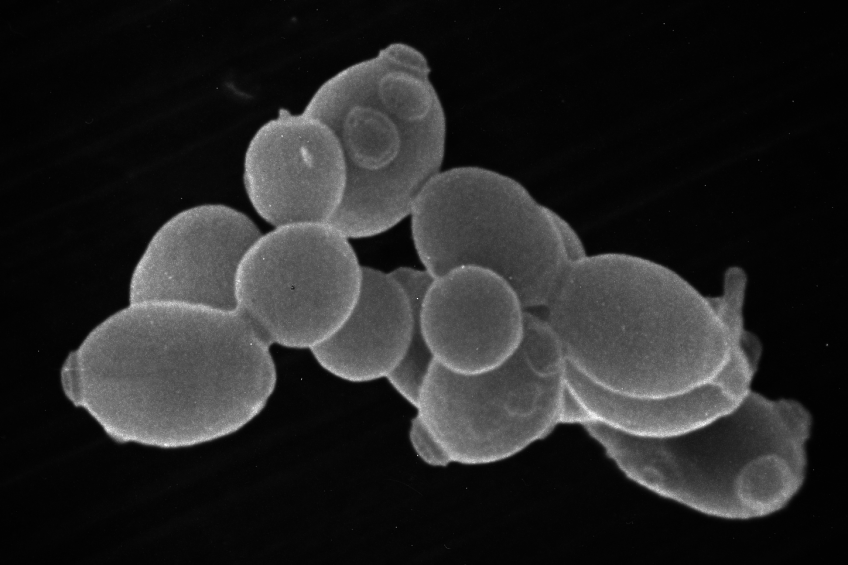
Usage of live yeast strains can help reduce the effect of enterotoxigenic Escherichia coli (ETEC), Italian researchers state.
The researchers set up various trials to test the ability of Saccharomyces cerevisiae supplied at different patterns to counteract the infection of ETEC in weaned piglets.
In total, 70 piglets were selected; they all had sensitive alleles of the gene MUC4, that predict the presence of receptors for ETEC in the gut. The pigs were weaned at 24 days and divided in four groups:
• Control (CO),
• Control + colistin (AB),
• Control + 5×1010 CFU of Sc/kg feed, from day 0 to day 21 (PR);
• Control + 5×1010 CFU of Sc/kg feed from day 7 to day 11 (CM).
On day 7 post-weaning, all the pigs were orally challenged with 108 CFU of ETEC. All the pigs were sampled for blood and faeces, for the total E. coli and ETEC plate counts. From 12 hours before the infection to 144 hours post-infection faecal consistency was determined by visual appraisal. On day 8, five piglets in all groups were sacrificed and sampled for jejunum, for immunohistochemistry, morphology and for in vitro testing of the ETEC specific receptors. On day 21, remaining piglets were sacrificed and sampled for the same adhesion test.
Results
Based on the in vitro adhesion test, all pigs had the receptors for ETEC. The mortality in CO (7/10) group was higher than in AB (1/10), PR (3/10) and CM (4/10) groups. Twenty-four hours after the infection (day 8) the first pigs died in the CO group, while in PR and CM groups the first piglet died at day 10. Before challenge, diarrhoea score, E. coli excretion, total and ETEC-specific IgA concentration did not differ between the groups. Conversely, CO group showed a higher faecal score post-infection than AB. Yeast administration tended to reduce the faecal score compared to CO diet 48 hours after the infection without differences observed between the yeast groups.
Post-infection, live yeast reduced the excretion of total E. coli and ETEC, compared with CO group. Compared to CO group, colistin and yeast treatments reduced the ETEC-specific IgA concentration. In the jejunum, crypts were deeper in AB and yeast groups than in CO. No differences were observed between the yeast treatments. Antibiotic treatment increased the number of mitotic cell in intestinal villi compared to the control group. Conversely, PR group tended to increase the mitotic cells in villus and crypt and tended to reduce the cells in apoptosis, compared with CM group.
Effective protocol
The protocol based on the infection with ETEC was effective. The CO group showed more days in diarrhoea as previously described, while colistin protected the piglets against ETEC.
The low mortality in the yeast-supplemented groups indicates that the tested dose was able to protect post-weaning pigs from the pathology. Moreover, the observed modification in the time course of pigs mortality, indicates that both the periods of yeast administration lighten the effect of ETEC on health. These data suggest a potential competitive effect of live yeast against this pathogen able to reduce the course of the disease. Additionally, data collected 24 hours after infection show that a continuous supply of yeast was more efficient in maintaining the proliferation of enterocytes also after the infection.
The researchers were connected to the Department of Agricultural and Food Science at the University of Bologna, Italy, and the Sperimentale della Lombardia e dell’Emilia Romagna in Brescia, Italy. It was supported by Lesaffre Feed Additives, France.
The research was presented at the recent International Pig Veterinary Society (IPVS) Congress, in Cancún, Mexico.
Join 18,000+ subscribers
Subscribe to our newsletter to stay updated about all the need-to-know content in the pigsector, three times a week. Beheer
Beheer

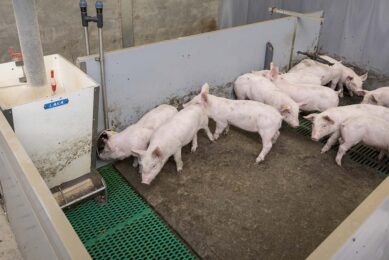
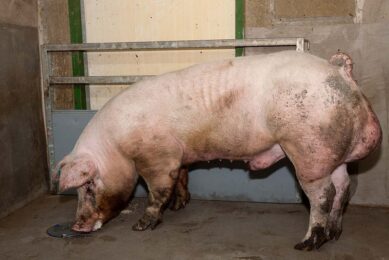
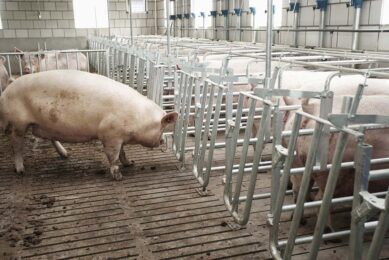
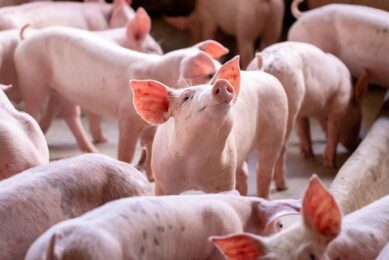





 WP Admin
WP Admin  Bewerk bericht
Bewerk bericht